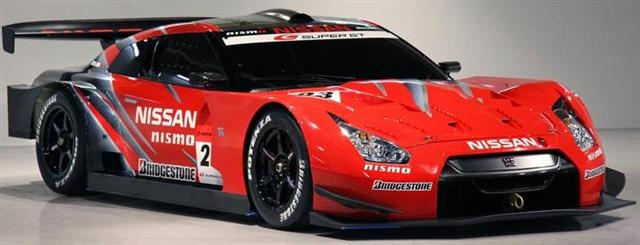LAW of LONG ARM - By scatcrank
They say that the heart of the engine is the camshaft, since it is one of the key components that dictates the
engine’s power level, power band, idle quality, and other characteristics. If the cam is the heart, then the crankshaft is the
spine. The crankshaft also dictates power and powerband, but in a much more ambivalent way (through its stroke which, along
with the bore size, dictates the engine’s cubic-inch displacement). The crank is what transfers the up and down reciprocating
movement of the piston and rod into the rotating motion required to drive the transmission. It carries the weight of all eight rods
and pistons, and must deal with the shock loads of the combustion process. A stock crank does this fine...in a stock engine.
But when power levels start to climb, that stock crank will eventually give under the tremendous loads imposed upon it.
Aftermarket crankshafts are hugely popular in the Mustang world, since they are required for stroker kits and are usually
necessary when an engine goes from bolt-on status to real power. But not all aftermarket cranks are created equal. There are
different materials, different manufacturing processes, and different ways to prep a crank. One of the most respected crankshaft
manufacturers is Scat Enterprises, in Redondo Beach, California. Scat has been in business for 35 years, and builds more than
15,000 crankshafts per year. Some of their customers include NHRA Top Fuel, Indycar, and Winston Cup teams, and they also
build the cranks sold by Ford Racing Performance Parts in its 347, 393 and 514 stroker kits, among others. You would be
shocked to learn how many aftermarket stroker kits use Scat cranks and rods.
Scat makes everything from inexpensive cast cranks, to forgings, to the ultimate gotta-have-it custom billet-steel piece that
will withstand more power than you can build in a small-block Ford. We wanted to see what went into building a custom crankshaft,
so we spent a day at Scat’s 42,000 square-foot facility to follow along as a billet crank is created, from the heavy chunk
of steel to the finished beauty. We also chatted with Scat’s owner, Tom Lieb, on the different crank types and got some killer
information on the subject.
Materials
You’ve heard of a crankshaft referred to as a casting, a forging, or a billet, but what does that mean, what are the
differences between them, and what is the strength comparison? Basically, a cast crank is made by pouring molten iron into a
sand mold, letting it cool, than pulling it out and machining it. This is the easiest and least expensive way to make a crank, and
that’s why the majority of stock cranks are castings. They are strong enough for most stock applications, and will run forever in a
daily driver. But bolt a blower or nitrous system on the engine, and start making some power, and a stock cast crank is living on
borrowed time. Scat has a line of cast cranks, the 9000 Series, that are available in several different strokes and are stronger
than stock. Lieb told us that the tensile strength of a stock cast crank is 95,000 pounds, whereas the 9000 Series cast crank
is rated at 105,000 pounds.
A forged crankshaft is made by taking a big piece of iron and forcing it into roughly the correct shape for a crankshaft.
This obviously requires mammoth machines, which dramatically drives up the cost of manufacturing. The advantage of a forging
over a cast crank is strength. The material used for a forging is generally better to begin with, and by moving the metal instead
of melting it, the grain structure of a forging is better. Pushing the metal around does not break the grain structure, it just
stretches it into a different shape (think Play-Doh), and that promotes greater strength. Among forgings, there are several
different materials used to make cranks. A production forging is made of 1045 carbon steel, which has a tensile strength of
105,000 pounds (the same as Scat’s 9000 Series cast crank). The next step up the ladder is 5140 steel, which has a strength
of 115,000 pounds, and 4130 with 120,000 pounds tensile strength. The strongest forging is 4340, which has a strength of
140,000 pounds. The biggest differences in these types of metal is the grain structure, (which is what holds the material
together), the heat-treating process, and the actual mixture of the elements. For instance, 4130 and 4340 steel have more
chrome and nickel in them, which increases strength.
Crankshaft durability is measured in tensile strength and fatigue strength. Tensile strength is measure when a 1-inch-round
piece of the metal is put into a fixture that tries to pull it apart. The force required to break the metal sample is the tensile
strength. Fatigue strength can be best described by thinking of a piece of tin. You can bend it back and forth for aw h i l e , but it
will eventually break. The crank goes through the same type of bending and twisting, from cylinder pressures, v i b r a t i o n , b l o c k
d i s t o rt i o n , h i g h - rpm clutch launches and stuff like that. As tensile strength goes up, so does fatigue strength.
Saturday, March 22, 2008
Subscribe to:
Post Comments (Atom)









.jpg)
No comments:
Post a Comment
Pls put your comment here.
Include your nick pls